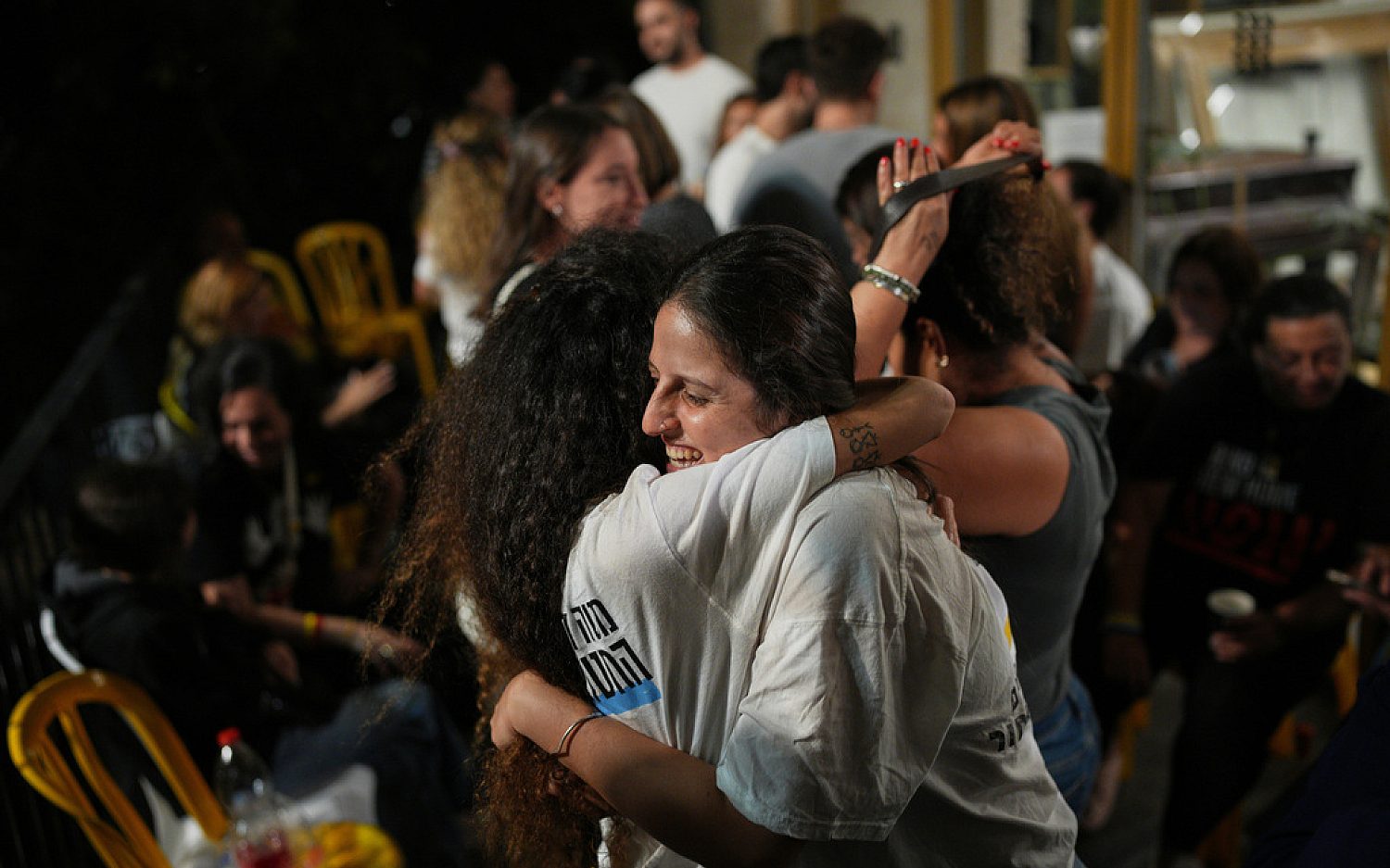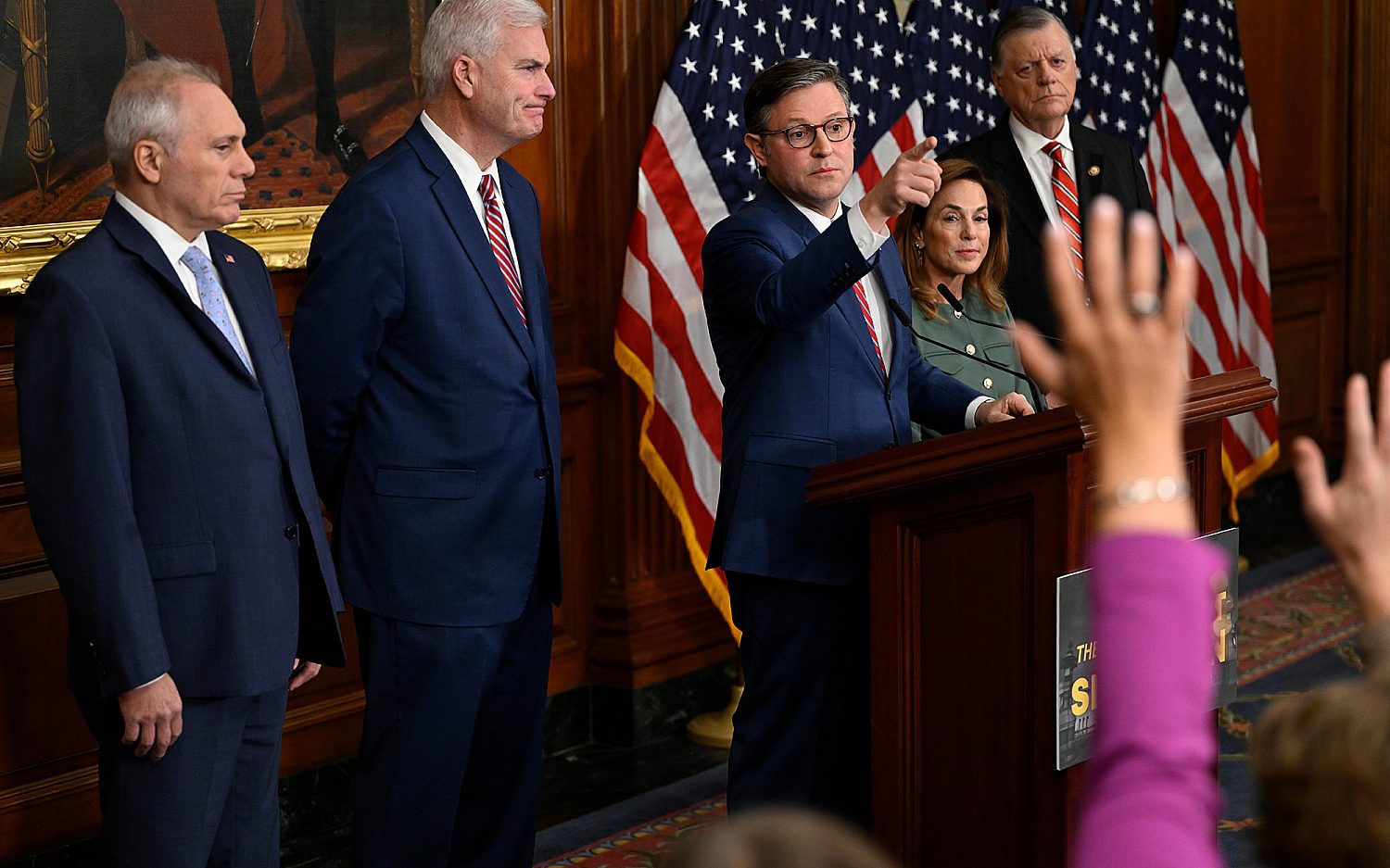Vaccines & Viruses: This season's unexpected flu strain
Editor’s note: In an effort to keep our readers informed of the latest developments surrounding the current vaccine controversy, WORLD will post regular updates on vaccine success stories and failures, debate over vaccine exemptions, and the status of vaccine-preventable diseases.
Flu mismatch. The winter flu season is winding down, and with 15,249 lab-confirmed flu hospitalizations as of March 7, scientists are considering how to make next year’s influenza vaccine more effective. Since vaccines take months to produce, researchers must make predictions now about what virus strains will be in circulation next year. This year, their prediction was off: The vaccine was only 19 percent effective, meaning it only reduced doctor and hospital visits by 19 percent. The problem is that this year’s predominant flu strain, a “Switzerland” variant of H3N2, made up just 1 percent of flu viruses last winter, when U.S. researchers made their recommendations for this season’s vaccine. The current vaccine does contain an inactivated H3N2 virus—just not the Switzerland one. So far this season, flu has killed 104 children under the age of 18 in the United States.
Meningococcemia outbreak. Last week, a fifth student at the University of Oregon was diagnosed with meningococcemia, a potentially serious bacterial infection that killed a female freshman athlete in February. The university has waged a campaign to vaccinate thousands of its students.
Measles. The Centers for Disease Control and Prevention logged only three additional cases of measles infections in the United States last week—bringing the 2015 total to 176 so far. Meanwhile, a report published online Monday in JAMA Pediatrics concluded, using mathematical calculations, that low vaccination rates were “likely to blame” for the ongoing outbreak that began in Disneyland. The two states tied for the highest rate of nonmedical vaccine exemptions (6.1 percent of kindergarteners last year) are Idaho and Vermont.
Cholera still kills in Haiti. Between January and early December last year, 240 more Haitians died of the diarrhea-inducing disease. A new study in The Lancet Global Health found oral cholera vaccines in Haiti proved to be 63 percent effective. That’s not a magic cure, but it’s much better than nothing. Each vaccine dose costs $1.85.
In the lab. Researchers are developing a vaccine for chikungunya, a viral infection mosquitos in Florida began to carry for the first time last year. Chikungunya causes joint pain that may last for months. No treatment yet exists. Elsewhere, researchers are working on a vaccine against genital herpes.
Viewpoints. Here’s an interesting profile of divergent vaccination views in the town of Wakefield, Quebec.
An actual newsletter worth subscribing to instead of just a collection of links. —Adam
Sign up to receive The Sift email newsletter each weekday morning for the latest headlines from WORLD’s breaking news team.





Please wait while we load the latest comments...
Comments
Please register, subscribe, or log in to comment on this article.